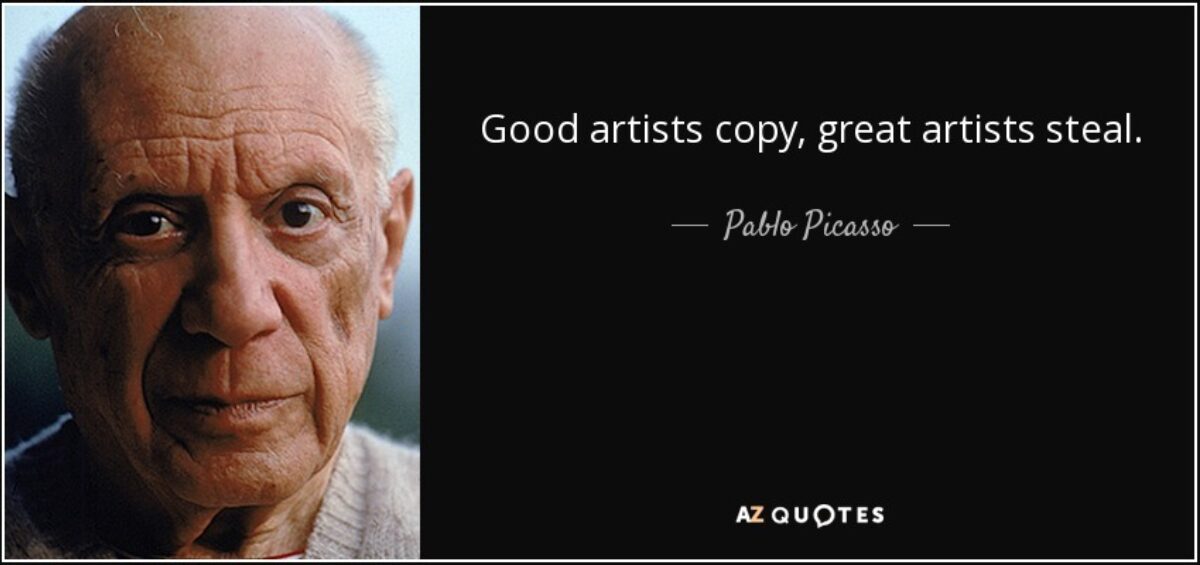
What to do when you don't know what to do next
As per bloody usual, the inspirational Muse is a no-show.
10 December 2023
Coming up with ideas is a learnable set of skills. One of those skills is knowing what to do when you're stuck.
That's often the hardest thing to do especially if you have a deadline looming large. Or need a blog topic.
Creativity is borne of banging ideas together but if all you're thinking about is how stuck you are, there's no available brainspace left over for the ideas to take a run at each other.
When you're stuck for an idea, it's because your brain is constipated; nothing's moving.
Tenacity is not your friend right now. You'll just hurt something if you keep straining like that.
So give it up as a bad lot and take a hike. A walk in the great outdoors will reduce your stress hormone levels after twenty minutes. Ride your bike, find a way to huff and puff or fly a kite.
The physical act of getting your arse off your perch is part of the process, it breaks the paralysis.
And if that doesn't work?
Go and look at things you don't usually look at.
When I was in the biz, I heard of an ad agency that advocated that, when their creatives were stuck, the copywriters and art directors should take themselves out of the office and into an art gallery, a cinema or to look at the kind of books or comics they usually wouldn't look at.
Wander the internet but perhaps not on the phone? That's like sightseeing through a mail slot.
Switch off any guilt about 'not working' and switch on your curiousity and let it be your guide. You are working. You're actively searching for undiscovered treasures for your noggin to process later.
How do you know this, O Wise Mike?
Because I stole it. And I stole good. (This is another learned skill, knicking the good stuff.*)
I stole it from the bible of creativity. This is a slender tome by James Webb Young called A Technique For Producing Ideas.
Here then is the Gospel of Creativity.
All ideas follow a five-step process of -
1) gathering material,
2) intensely working over the material in your mind
3) stepping away from the problem
4) allowing the idea to come back to you naturally
5) testing your idea in the real world and adjusting it based on feedback.
This technique works to relieve all kinds of creative blocks.
After struggling to understand the arrangement of atoms in benzene, the nineteenth-century German chemist August Kekulé claimed to have pictured the ring structure of benzene after dreaming of a snake eating its own tail.

(Corporate creativity is a different thing, it's inevitably time-constrained so Step 3 - stepping away from the problem - doesn't get mapped into the critical path analysis. This is one of the reasons so much advertising sucks.)
Which brings me back to my search for a blog topic. The problem became the topic.
Thanks Ouroborous.
Here's a few links on the subject;
A review of A Technique For Producing Ideas - https://the-agency-review.com/...
Ouroborean thinking - https://medium.com/adams-noteb...
A free pdf download from Nature on Kerkule and how a vivid imagination was key to unlocking the secrets of molecular structure in
the nineteenth century - https://www.nature.com/article...
*If you're having qualms about this....
